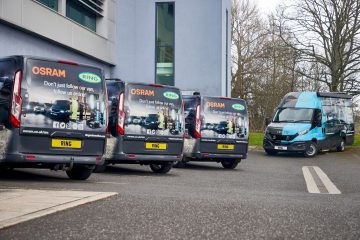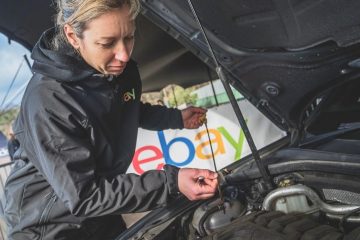With the widespread introduction of E10 fuel commencing on September 1st, many drivers are still in the dark about the compatibility of their vehicles.
Acording to RAC research, 27% of drivers are yet to check whether their car is able to run on the blend problem free. Another 24% are unaware that the fuel is replacing the E5 standard seen on forecourts for some time.
The situation is even more dire amongst drivers of classic vehicles. Hagerty International conducted its own survey, which showed that 49% did not know how to check that E10 was safe to use with their vehicle and 78% said they were worried about its introduction.
The new E10 petrol contains up to 10% bioethanol, replacing E5 which has up to 5%, and is being introduced to cut carbon dioxide emissions. It has been estimated that the switch to E10 will cut CO2 emissions by 750,000 tonnes a year, or the equivalent of taking 350,000 vehicles off the road and is part of the government’s 2050 net zero carbon target.
However, the Independent Garage Assiciation (IGA) has highlighted that the fuel is not compatible with many vehicles made before 2011, as it can cause some rubber, metal and plastic components to corrode with prolonged use. Garages therefore need to be prepared for component failure as some drivers run their cars on E10 without understanding the risk.
Fuelling concerns
Of those drivers surveyed by the RAC who know their main car is not compatible with the new E10 fuel, the impact of the cost of having to fill up with super unleaded instead,which can cost around 12p more per litre than standard unleaded, is the single biggest concern, cited by 59% of respondents.
Around half (53%) are worried about finding forecourts that sell E5 super unleaded in the first place, while a fifth (20%) fear mistakenly filling up with E10 – something that may cause expensive damage to non-compliant vehicles. The same proportion said they were concerned the changes could impact on the resale value of their vehicle.
But a Hagerty investigation has found that the Gov.uk website suggests nearly all Audi models and all BMW and Vauxhall models, regardless of their age, would be compatible with the new type of unleaded petrol, when in fact they could be damaged by using it. Older Volkswagens, made before 2001 and 2002, are also listed as being safe to use with E10.
Owners of other makes, including MG, Maserati and Lamborghini, are offered no guidance other than to contact a dealer.
“E10 petrol has already started appearing on forecourts to replace the old E5 blend, and that process will continue at pace in the coming weeks,” commented Nicolas Lyes, RAC head of policy. “Those that discover their cars aren’t compatible will unfortunately need to seek out and pay for a hefty premium for E5 super unleaded fuel instead. The cost of doing this could quickly add up for people who need to use their cars regularly, something our research shows all too plainly.
“Drivers who will continue to rely on E5 will also need to make sure the filling station their visiting stocks the fuel in the first place, or risk running out of fuel and having to call on their breakdown provider.
“We’d also like to remind owners of classic cars that need to be careful not to accidentally top up with E10 and then leave it sat unused in the tank for long periods, something which can lead to expensive damaged plastics, metals and seals.”



